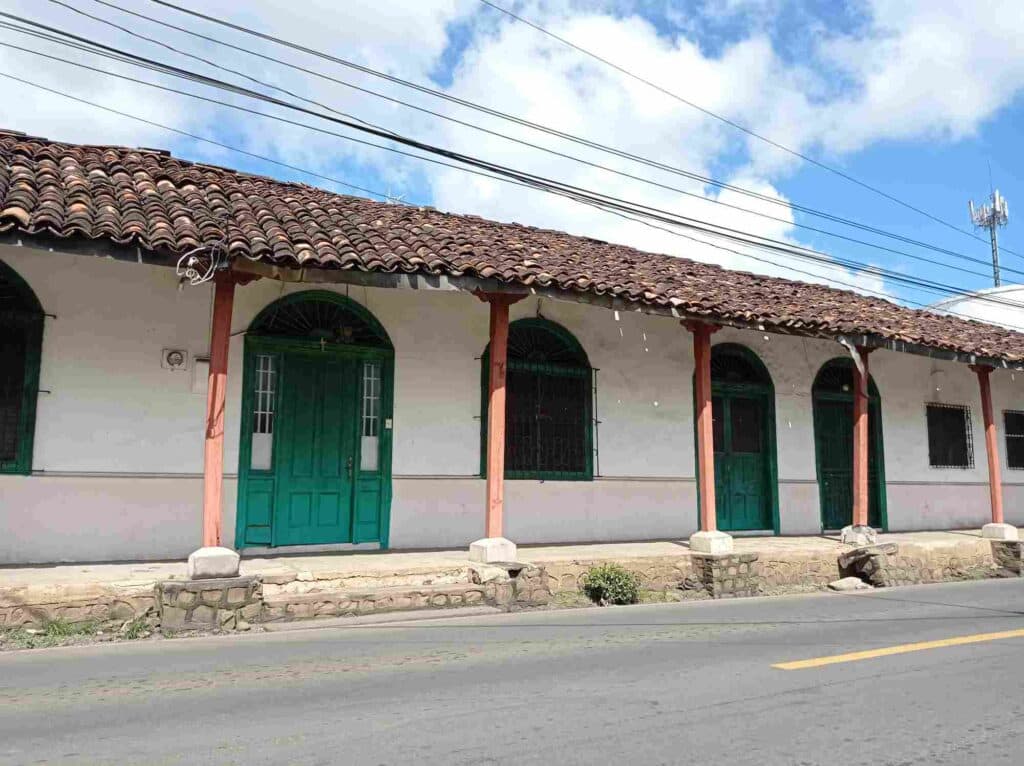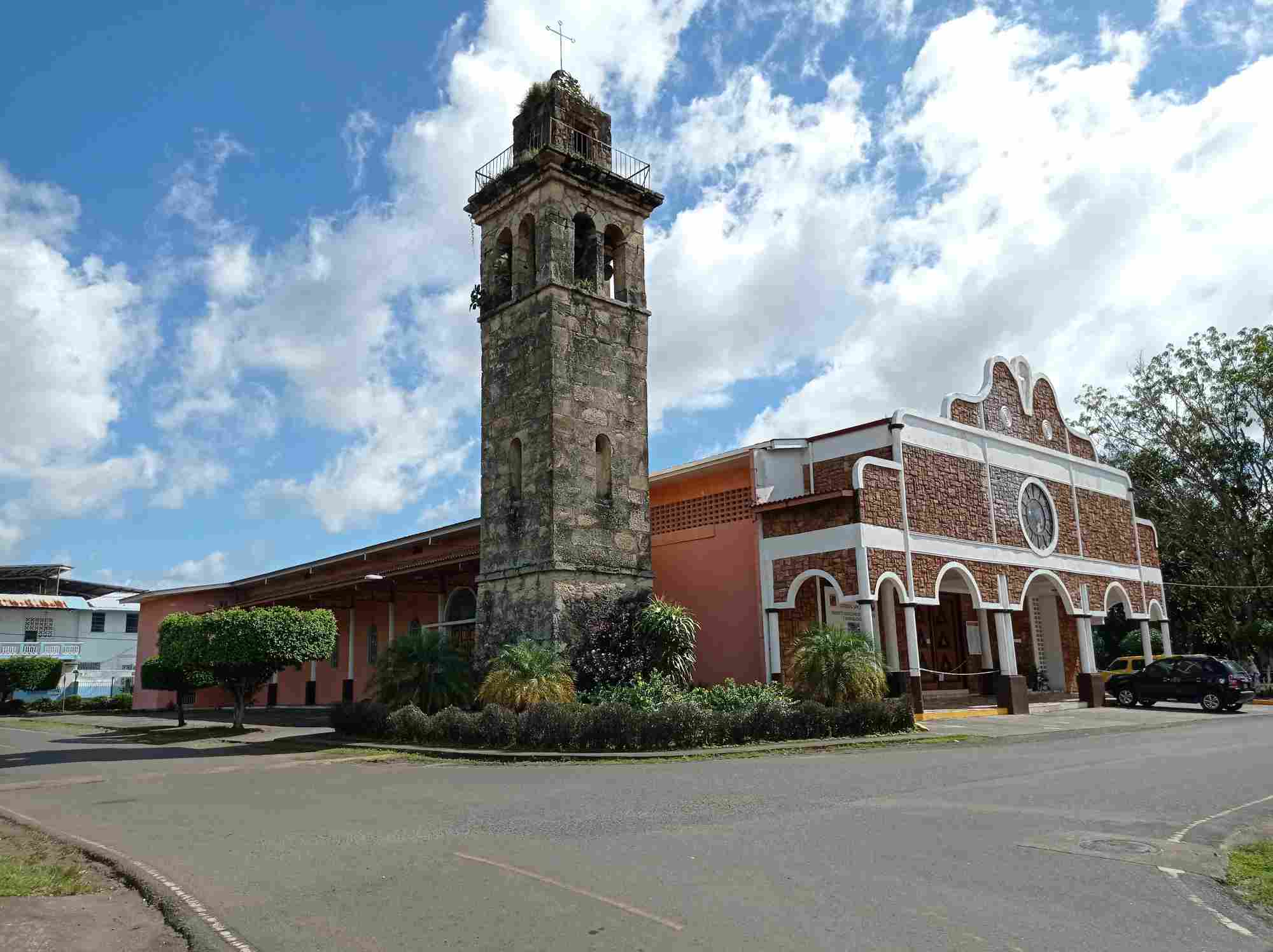David was founded in 1602, by orders of Governor Juan Lopez de Sequeira, who was in control of Veraguas between the years 1602 and 1606 along with lieutenant Francisco de Gama, Sequeira’s political brother-in-law, responsible for founding this region.
Until 1831, David City wss a parish, then it was given the title of town and it became the capital of Canton de Alanje. When Chiriquí Province was created, in May 26, 1849, David was chosen as the capital. In 1860, with a new law on territorial division, David received the city title.
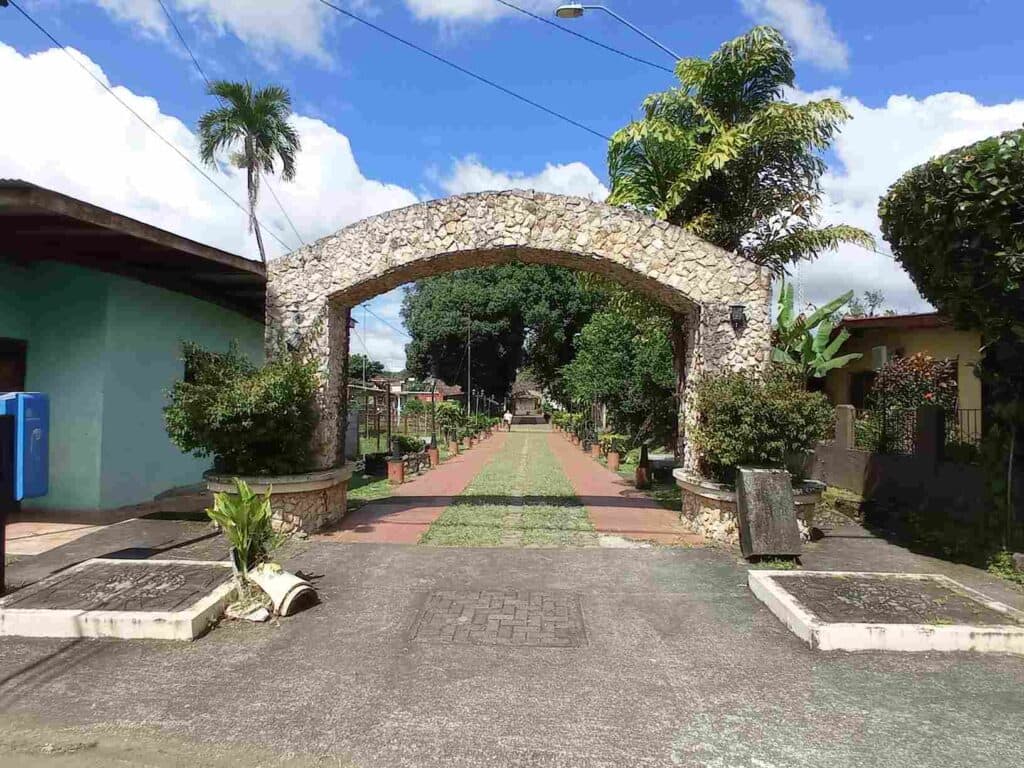
A Neighborhood with History
The Bolivar neighborhood was founded in 1602; being one of the first populated areas of David City. In the beginning it had few houses that made up the town. According to historical data, the administrative and educational political infrastructures of the time were located in this area.
The historical and cultural beauty is still perceived in the area. The oldest buildings that exist to date since the 18th century; are the Gallego family residence, which is today the headquarters of the Gallego Foundation, as well as the De Obaldia family home, which served as a museum for several years, since currently due to its deterioration it remains closed to the public as well as the Cathedral Tower.
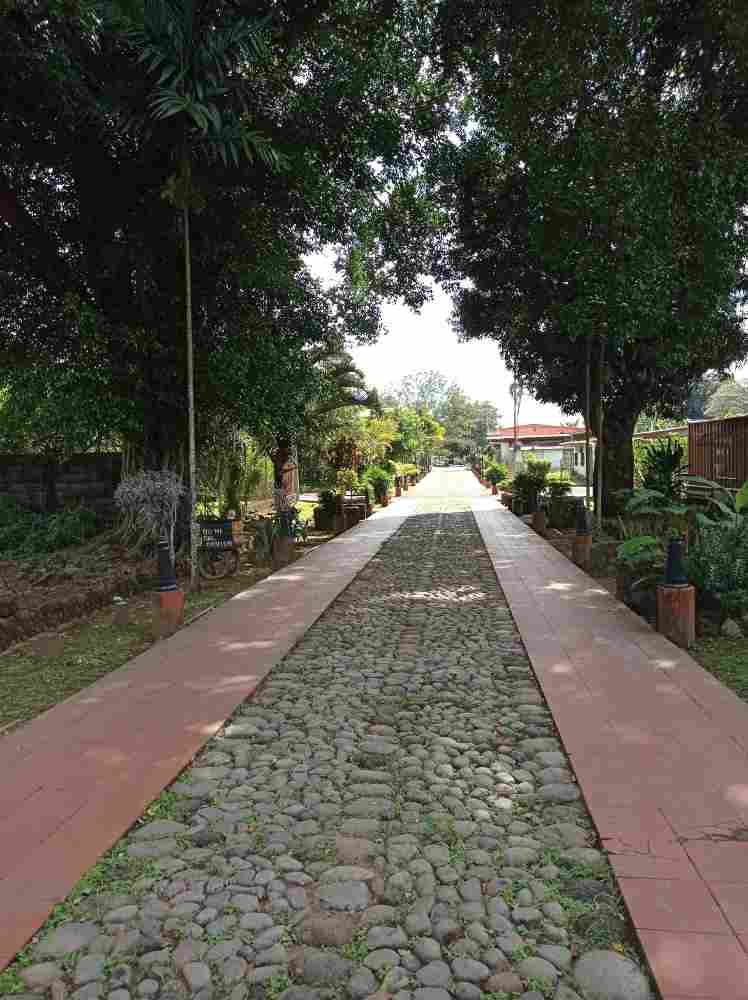
An Old Town to Rediscover
With a touch of history and mystery, Barrio Bolívar is Chiriqui’s Old Town. With its ancient stone paths, dirt-block hovels and an extremely peaceful atmosphere, the neighborhood has its origins since the founding of David.
It was known as Barrio El Peligro (Dangerous neighborhood) because of the stories such as the appearances of the Father without head, the silampa, the cadejo or the Chivato during late hours at night, all urban myths that caused year among people. It is precisely in that place where the first public institutions and homes of wealthy families emerged in the province during mid 19th century.
The recently built Rafael Benitez Palacio Education Path splendor, enhances the cultural charm of this small historic town. The small construction is a connection between the Jose Domingo de Obaldia house (founder of Chiriquí in 1849 and second president of the Republic of Panama), before a museum (now under renovation) and the San Jose de David Cathedral Church (1892), both historical monuments. In the center of its structure lie stones from the original path of almost two centuries ago and two arches made of stones raise on its entrances. Gardens, lanterns, benches, cobblestones with colonial style and historical reviews define its design.
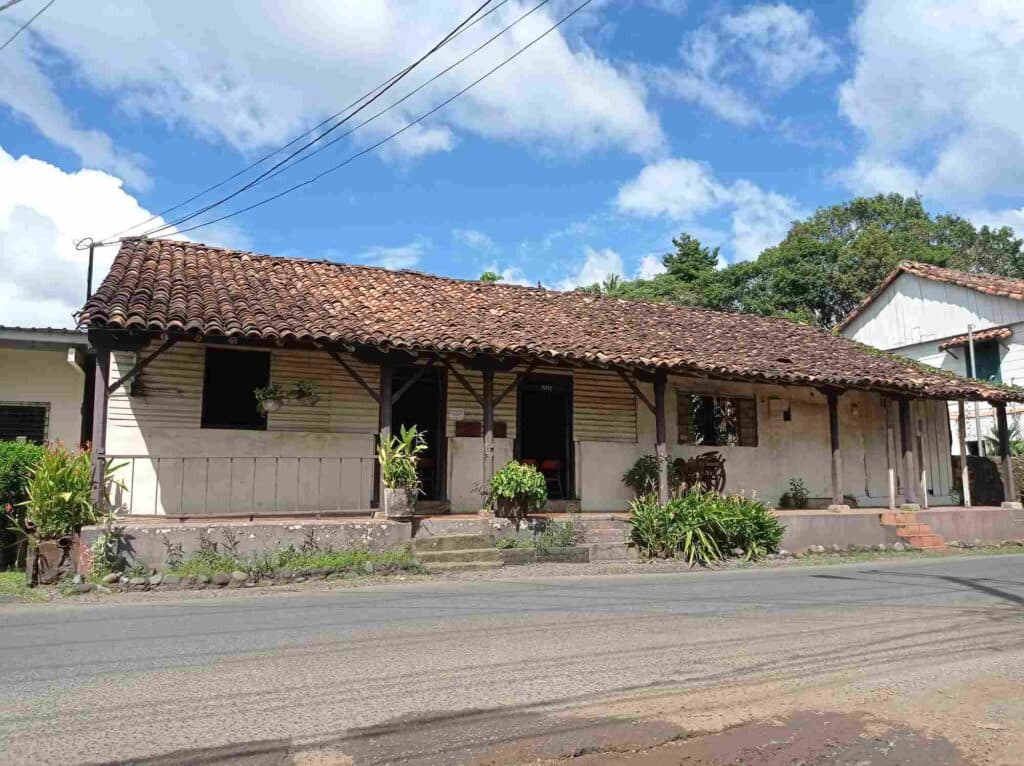
Witness of the Thousand Day War
On the other hand, there is the San Jose de David Cathedral, which was originally built in 1837, being the tower the only structure that remains of it, but it is known that the date of its blessing was on December 7, 1891. The tower was the scenario of the Thousand Days War (1899-1902) between the Colombian liberal and conservative parties. The church inside is a canvas of images that represent episodes from the life of Christ. Every Sunday the bells still continue to ring calling the residents to participate in the mass celebration.
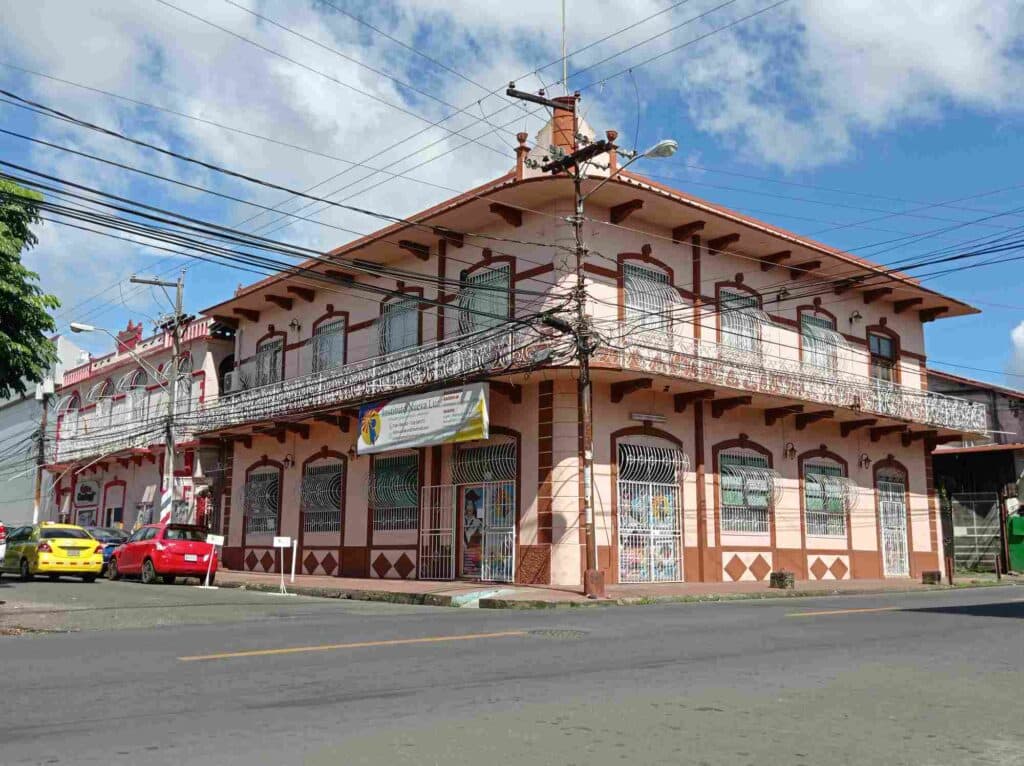
The Police barracks located in front of Plaza Bolívar Park, built a sculpture of Simon Bolivar approximately in 1860. Inside the barracks there is a small room that keeps photographs and some weapons used in the Thousand Day War and the Coto War between Panama and Costa Rica (1921).
During the Thousand Day War from 1899 to 1902, the structure was damaged by bullets fired during the conflict between Liberals and Conservatives.
Today David is the most important district with the greatest commercial growth and a point of great tourist and cultural potential for Visitors and Panamanians.
